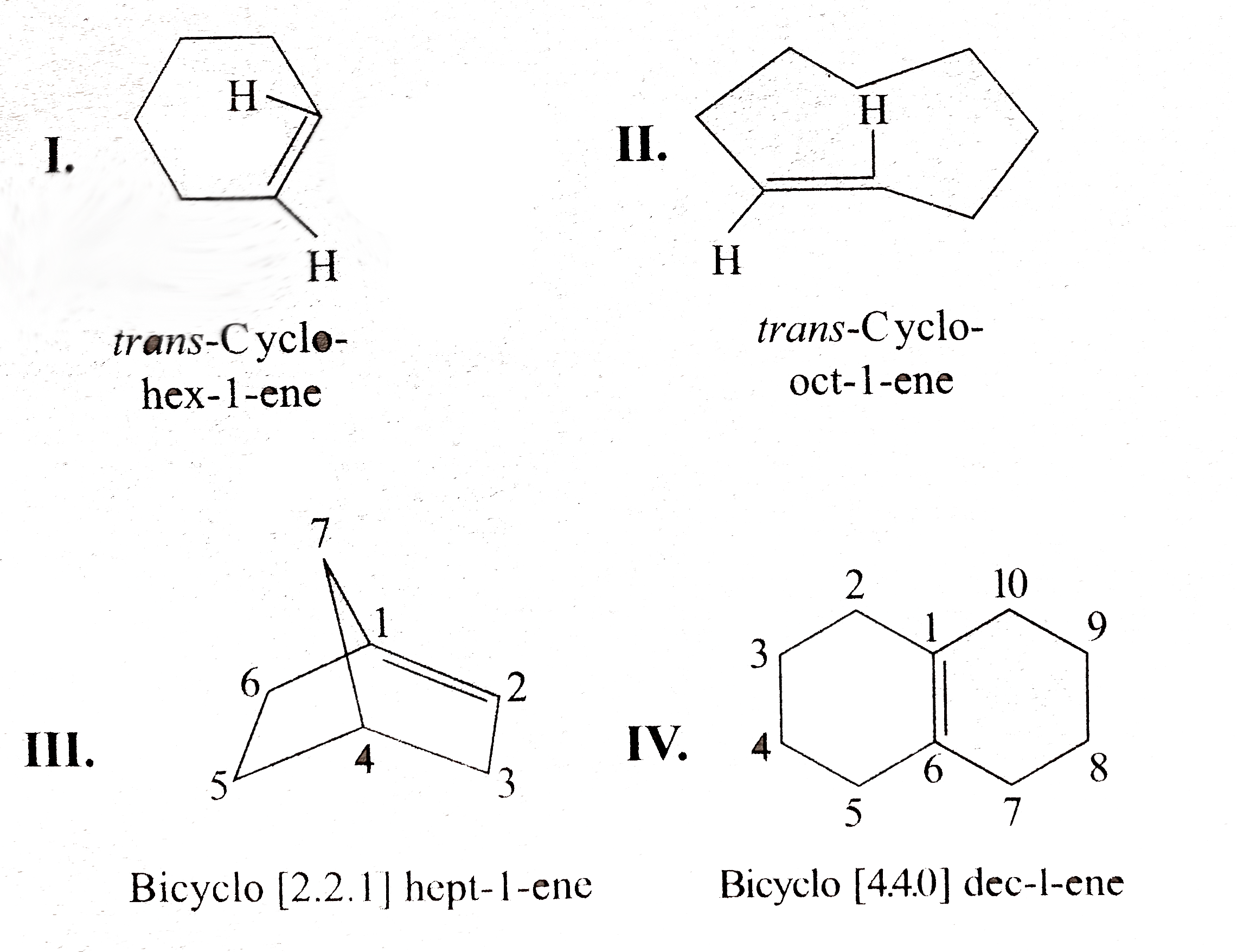Which statement is correct?
NH3 is protic solvent
HCO−3 is Bronsted acid as well as Bronsted base
SO3 is Lewis acid
All are correct
To solve the question regarding which statement is correct, we will evaluate each statement one by one.
Step 1: Evaluate Statement 1
Statement: NH3 is a protic solvent.
Analysis:
- A protic solvent is defined as a solvent that has a hydrogen atom bonded to an electronegative atom, which can participate in hydrogen bonding.
- In ammonia (NH3), nitrogen is the electronegative atom and is bonded to three hydrogen atoms.
- The presence of a lone pair on nitrogen allows it to form hydrogen bonds, and the molecule has a dipole moment due to the electronegativity difference between nitrogen and hydrogen.
Conclusion: This statement is correct.
Step 2: Evaluate Statement 2
Statement: HCO3⁻ is a Brønsted acid as well as a Brønsted base.
Analysis:
- A Brønsted acid is a substance that can donate a proton (H⁺), while a Brønsted base is a substance that can accept a proton.
- HCO3⁻ (bicarbonate) can accept a proton to form H2CO3 (carbonic acid), thus acting as a Brønsted base.
- It can also donate a proton to form CO3²⁻ (carbonate ion), thus acting as a Brønsted acid.
Conclusion: This statement is also correct.
Step 3: Evaluate Statement 3
Statement: SO3 is a Lewis acid.
Analysis:
- A Lewis acid is defined as an electron pair acceptor.
- SO3 (sulfur trioxide) has a sulfur atom that is electron deficient because it has only three regions of electron density (it forms three double bonds with oxygen).
- This electron deficiency allows SO3 to accept an electron pair, thus behaving as a Lewis acid.
Conclusion: This statement is correct as well.
Step 4: Evaluate Statement 4
Statement: All are correct.
Analysis:
- Since we have established that statements 1, 2, and 3 are all correct, it follows that statement 4 is also correct.
Final Conclusion: The correct option is that all statements are correct.
Final Answer:
The correct option is Option 4: All are correct.
---
Statement: NH3 is a protic solvent.
- A protic solvent is defined as a solvent that has a hydrogen atom bonded to an electronegative atom, which can participate in hydrogen bonding.
- In ammonia (NH3), nitrogen is the electronegative atom and is bonded to three hydrogen atoms.
- The presence of a lone pair on nitrogen allows it to form hydrogen bonds, and the molecule has a dipole moment due to the electronegativity difference between nitrogen and hydrogen.
Statement: HCO3⁻ is a Brønsted acid as well as a Brønsted base.
- A Brønsted acid is a substance that can donate a proton (H⁺), while a Brønsted base is a substance that can accept a proton.
- HCO3⁻ (bicarbonate) can accept a proton to form H2CO3 (carbonic acid), thus acting as a Brønsted base.
- It can also donate a proton to form CO3²⁻ (carbonate ion), thus acting as a Brønsted acid.
Statement: SO3 is a Lewis acid.
- A Lewis acid is defined as an electron pair acceptor.
- SO3 (sulfur trioxide) has a sulfur atom that is electron deficient because it has only three regions of electron density (it forms three double bonds with oxygen).
- This electron deficiency allows SO3 to accept an electron pair, thus behaving as a Lewis acid.
Statement: All are correct.
- Since we have established that statements 1, 2, and 3 are all correct, it follows that statement 4 is also correct.
The correct option is Option 4: All are correct.
Similar Questions
Which statements is correct about mosses?
View SolutionWhich statements is correct regarding the diagonal relationship between the Al and Be?
View SolutionWhich statement are correct about the following compounds ?

View SolutionWhich statement(s) is correct,
View SolutionWhich statements are correct ?
View SolutionWhich statements are correct:
View SolutionWhich statements are correct for ozone?
View SolutionWhich statements are correct about lactose?
View SolutionWhich statements are correct about sucrose?
View SolutionWhich statements are correct as per laws of thermodynamics?
View Solution